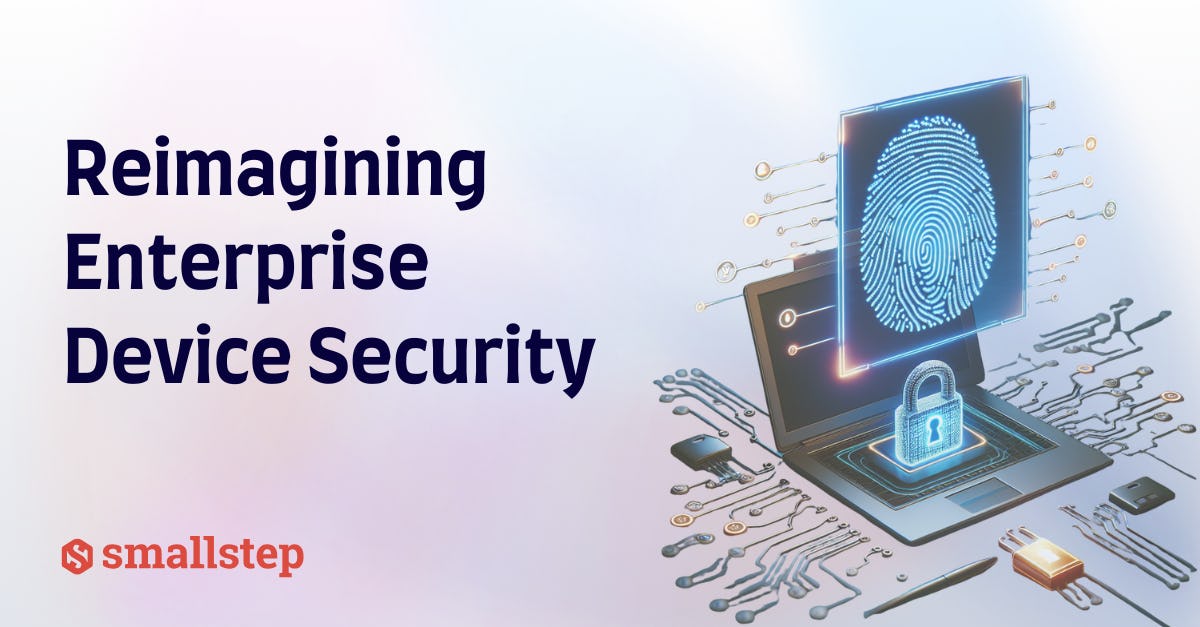
ACME DA, Device identity, Step Certificates
Reimagining Device Security for the Enterprise
J. Hunter Hawke
May 20, 2025
Meet us at Black Hat Europe! Booth #810

ACME DA, Device identity, Step Certificates
J. Hunter Hawke
May 20, 2025

Device identity
Linda Ikechukwu
May 19, 2025

Business, ACME DA, Device identity
Ted Malone
April 3, 2025

Technical
Linda Ikechukwu
April 1, 2025

Announcements
Linda Ikechukwu
February 6, 2025

Technical
Linda Ikechukwu
January 30, 2025

Announcements
Carl Tashian
December 24, 2024

Inside Smallstep
Linda Ikechukwu
November 27, 2024

Business
Linda Ikechukwu
October 31, 2024

Linda Ikechukwu
September 20, 2024

Technical
Carl Tashian
September 3, 2024
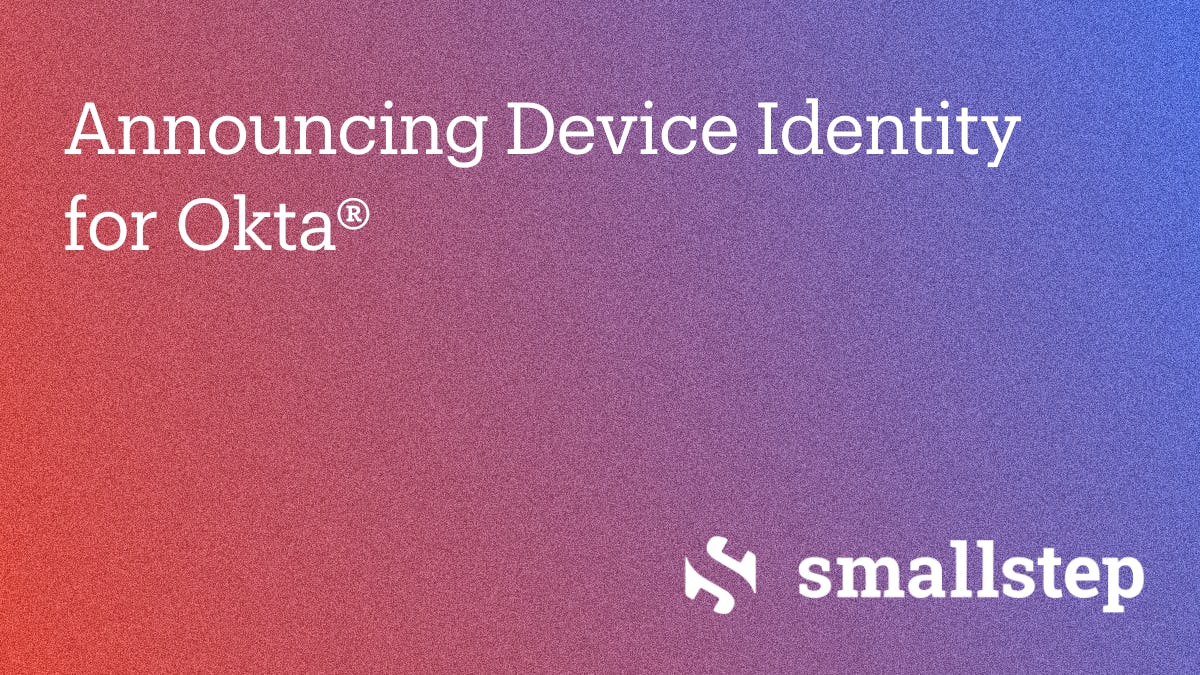
Announcements
Carl Tashian
August 20, 2024

Linda Ikechukwu
August 9, 2024

Announcements
Carl Tashian
June 17, 2024

Wi-Fi
Linda Ikechukwu
May 10, 2024

Technical
Carl Tashian
May 8, 2024

Business, CLI
Ted Malone
May 1, 2024

Business
Linda Ikechukwu
February 26, 2024
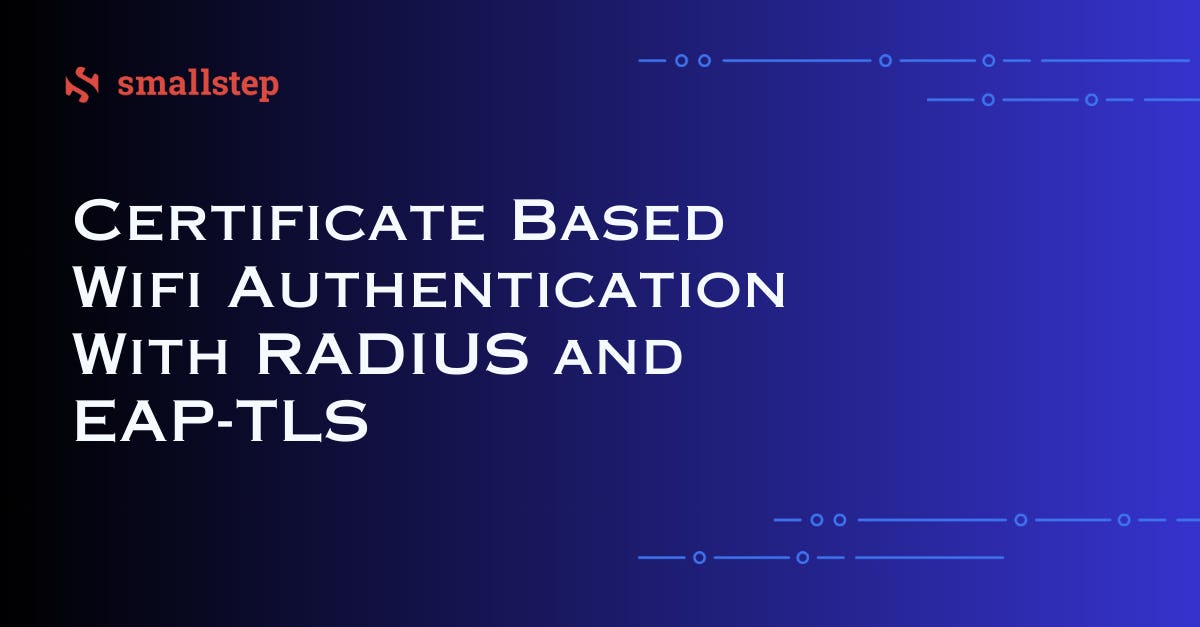
Business
Linda Ikechukwu
January 5, 2024

Technical
Carl Tashian
December 20, 2023

SSH
Ted Malone
December 8, 2023

Step Certificates
Linda Ikechukwu
November 17, 2023

Technical
Linda Ikechukwu
November 13, 2023

Technical
Carl Tashian
October 4, 2023

Business
Linda Ikechukwu
September 13, 2023

Technical
Linda Ikechukwu
August 2, 2023

Technical
Linda Ikechukwu
July 25, 2023

Business
Linda Ikechukwu
May 23, 2023

Business
Linda Ikechukwu
April 5, 2023

Technical
Carl Tashian
March 22, 2023

Step Certificates
Linda Ikechukwu
March 10, 2023

Technical, ACME DA
Carl Tashian
February 28, 2023

Linda Ikechukwu
February 22, 2023

Business, SSH
Jenessa Petersen
February 22, 2023

SSH, Business
Jenessa Petersen
February 21, 2023

Business
Linda Ikechukwu
January 26, 2023

Technical
Carl Tashian
January 18, 2023

Business
J. Hunter Hawke
December 20, 2022

Business
Linda Ikechukwu
November 28, 2022

Business
J. Hunter Hawke
October 25, 2022

ACME DA, Step Certificates
Linda Ikechukwu
October 14, 2022
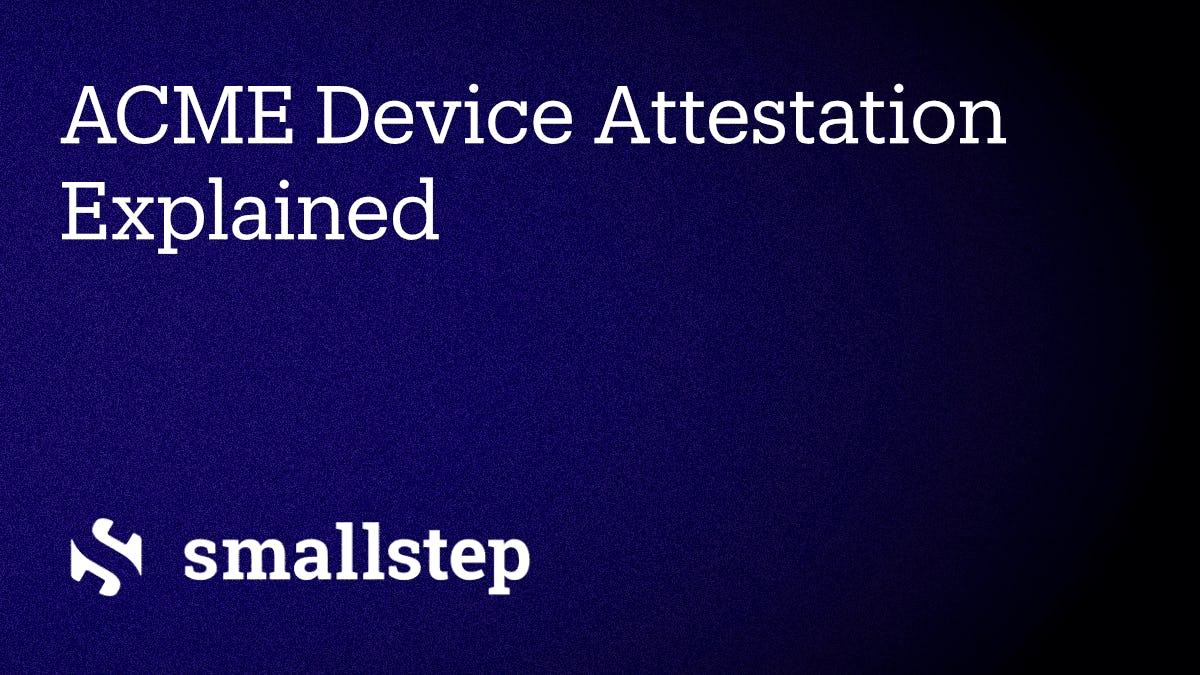
Technical
Carl Tashian
September 28, 2022

ACME DA, Technical
Herman Slatman
September 5, 2022

SSH
Linda Ikechukwu
August 12, 2022

Technical
Carl Tashian
August 10, 2022

Technical
Carl Tashian
July 13, 2022

Technical
J. Hunter Hawke
July 5, 2022

Mike Maxey
June 23, 2022

Technical
Carl Tashian
June 10, 2022

Technical
Carl Tashian
May 26, 2022

Business
Mike Malone
April 28, 2022

Business
Carl Tashian
April 4, 2022
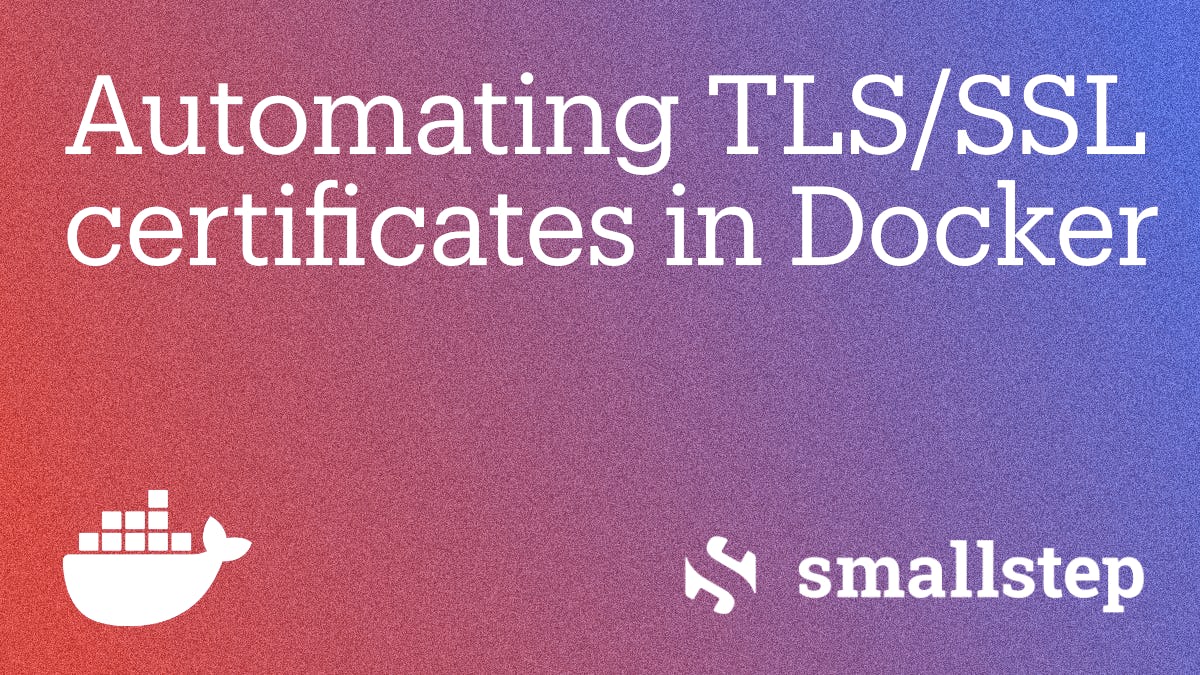
Technical
Carl Tashian
October 25, 2021

Technical
Carl Tashian
October 6, 2021

Technical
Carl Tashian
October 6, 2021

Technical
Carl Tashian
October 6, 2021

ACME DA, Technical
Carl Tashian
July 9, 2021

Technical
Kevin Chen
June 16, 2021
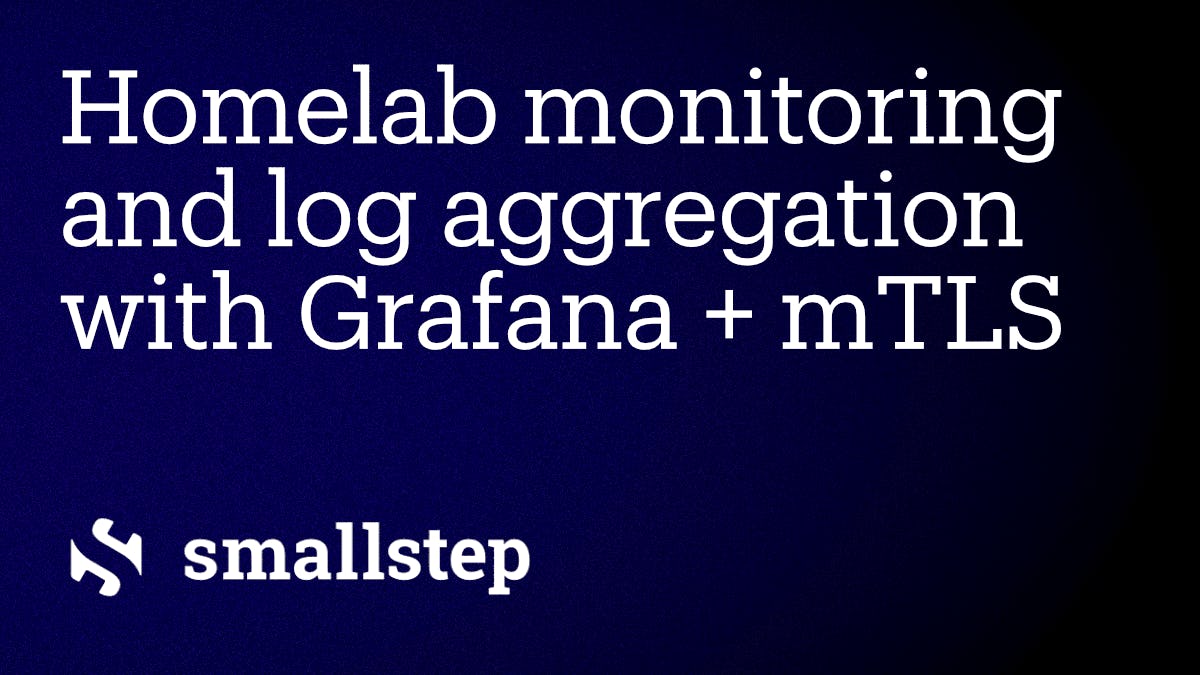
CLI, Technical
Carl Tashian
May 6, 2021

Technical
Carl Tashian
March 12, 2021

Step Certificates, Technical
Carl Tashian
March 10, 2021

ACME DA, Business
Mike Maxey
February 2, 2021

Step Certificates, Technical
Carl Tashian
December 23, 2020
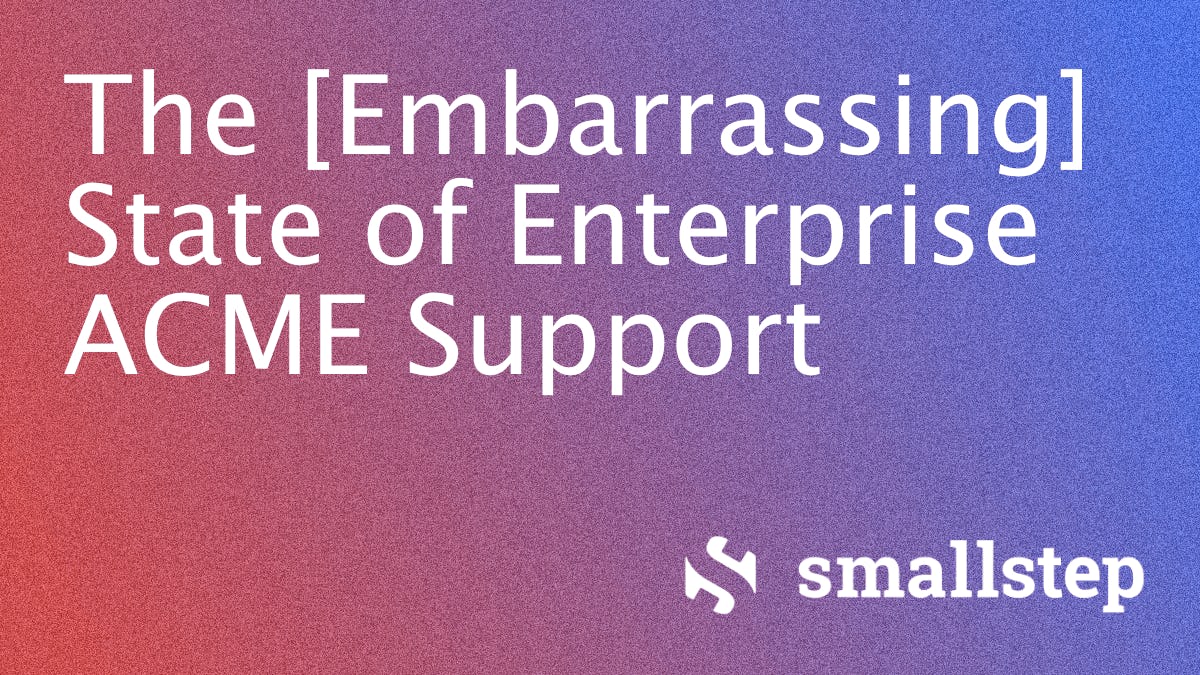
ACME DA, Step Certificates, Technical
Carl Tashian
December 15, 2020

SSH, Step Certificates, Technical
Carl Tashian
December 1, 2020

ACME DA, Technical
Carl Tashian
November 16, 2020

Step Certificates, Technical
Carl Tashian
August 18, 2020

Business, SSH
Mike Maxey
July 14, 2020

SSH, Technical
Carl Tashian
July 8, 2020

SSH, Technical
Carl Tashian
July 1, 2020

CLI, Technical
Carl Tashian
June 9, 2020

SSH, Technical
Carl Tashian
May 19, 2020

SSH, Technical
Carl Tashian
April 29, 2020

Step Certificates
Max Furman
April 13, 2020

SSH, Technical
Carl Tashian
April 13, 2020
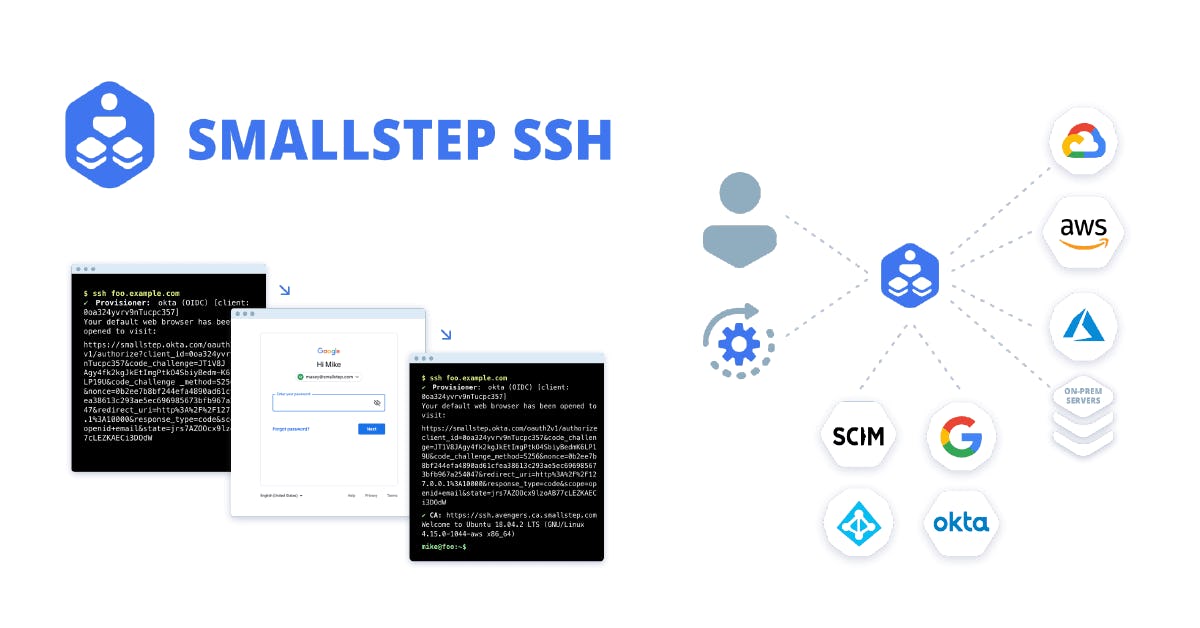
Business, SSH
Mike Malone
April 13, 2020

Business
Mike Malone
February 28, 2020

Step Certificates
Alan Thomas
October 2, 2019

Technical
Mike Malone
September 24, 2019

ACME DA, Business
Mike Maxey
September 17, 2019

ACME DA, Technical
Mike Maxey
September 17, 2019

SSH, Step Certificates, Technical
Mike Malone
September 11, 2019

Step Certificates
Max Furman
September 10, 2019

Business
Mike Maxey
September 5, 2019

Step Certificates
Max Furman
September 4, 2019

Business
Mike Maxey
June 6, 2019

ACME DA, Business
Mike Maxey
May 23, 2019

Business
Mike Maxey
May 16, 2019
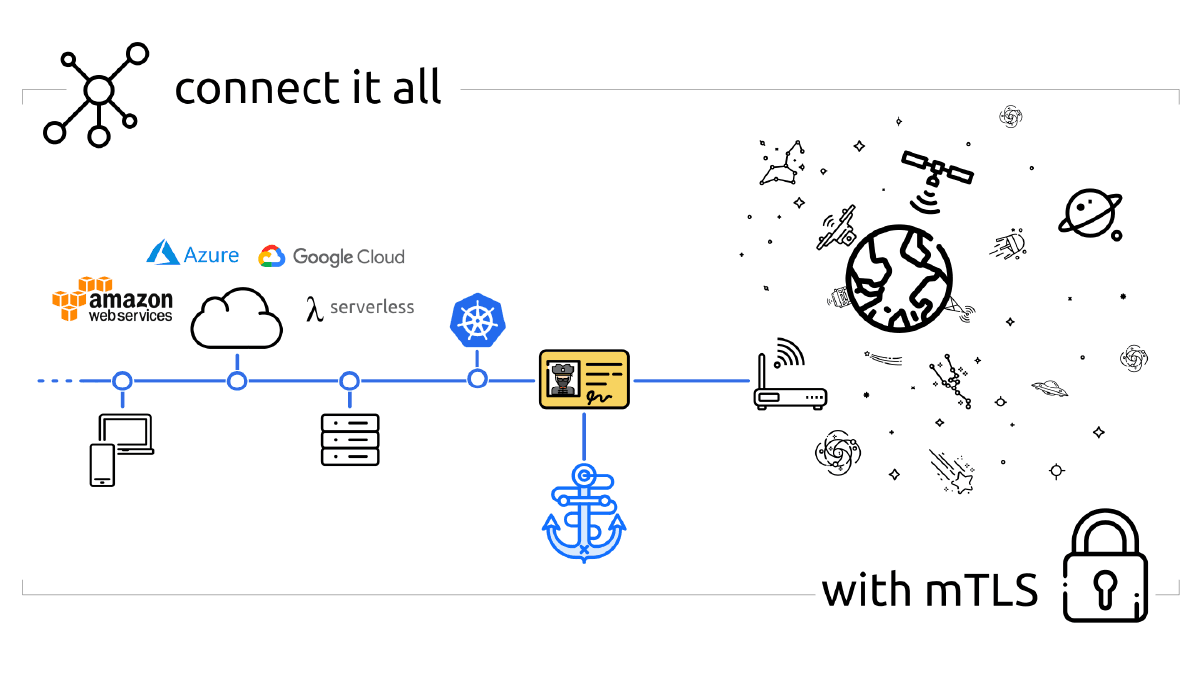
Step Certificates, Technical
Mike Malone
May 2, 2019

Step Certificates, Technical
Max Furman
March 27, 2019

Step Certificates, Technical
Sebastian Tiedtke
February 25, 2019

Step Certificates, Technical
Sebastian Tiedtke
January 28, 2019

Step Certificates, Technical
Mike Malone
December 11, 2018

Step Certificates, Technical
Mike Malone
December 11, 2018

Business
Mike Malone
November 20, 2018

Business, CLI
Mike Malone
August 7, 2018